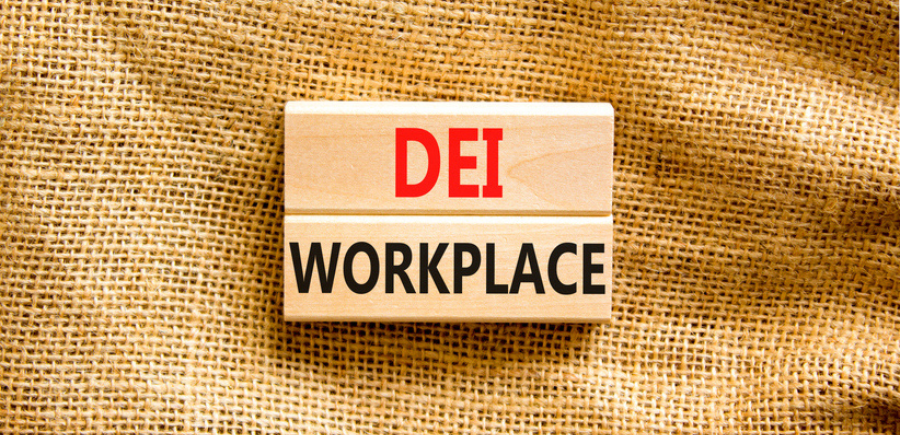Like the body, the mind has limitations that vary with the individual. One employee may carry a 100-kg backpack a considerable distance while walking a metre with that much weight on their back would be a challenge for another.
Your employees also have individual thresholds for the load they carry psychologically. Employees lugging the equivalent of 100 kg of stress won't be able to perform the same way they would if they weren't carrying that psychological burden. And, if they try, there is a good chance they will suffer an injury that will be far more acute and devastating.
WSIB defines work-related mental injury as "a psychological injury or illness caused by one or more substantial sources of stress at a person's work or by one or more work-related traumatic events."
When employees are exposed to work-related chronic stress or experience or witness a traumatic event, they may be at risk of suffering a mental or psychological injury. This type of injury can result in cognitive or emotional symptoms that negatively impact their personal and professional lives and how they think, feel, and behave.
Mental injuries can also develop after an individual suffers a primary physical injury, resulting in mood swings, sleep disturbances, sadness, worry, and lowered motivation.
Are your employees carrying a heavy load?
Leaders need to pay attention to this and ensure that your organization has the policies, procedures, and resources to prevent mental injuries and support employees if injuries occur.
You can't foresee traumatic events; however, you can put practices in place to mitigate this risk. It's also important to recognize that regardless of a person's experience or training, they can develop a mental or psychological injury due to a single incident.
Where you do have an ability to exert more control is in the working conditions in your organization. An employee's experience in the workplace can positively or negatively impact their mental health. From a psychological health and safety perspective, chronic work-related stress, where an employee perceives they cannot avoid or escape stress, can negatively impact their mental state and overall emotional well-being.
When stress becomes unhealthy, it is perceived as a threat and triggers a natural physical and emotional response. An employee affected by extreme stress or a traumatic event may develop clinical depression, post-traumatic stress disorder, or anxiety.
Support employees by preventing mental and physical injuries
- Become aware — Know the kinds of risks that can result in mental or physical injury to employees. Ten common causes of work-related stress that can lead to a mental or psychological injury:
- Communication difficulties between employees and managers that leave employees feeling afraid to share their concerns
- Bullying, harassment, or threats
- Work demands that are perceived as unreasonable and impossible to achieve
- Inadequate time to complete assigned work, creating a feeling of being overwhelmed or exhausted
- Constant changes to work and expectations
- Insufficient staffing levels due to roles not being backfilled, which can lead to excessive demands on remaining employees
- Inadequate resources or equipment that continually breaks down because it is poorly maintained or overdue for replacement
- Excessive performance monitoring and surveillance
- Poor work organization — lack of clear job descriptions, conflicting demands, too much or too little work, boring or repetitive work, no job satisfaction
- Lack of control — lots of responsibility but little authority or decision making, little or no say in how work is done
- Ask challenging questions on prevention — You don't have to be an expert in psychological health and safety. However, questioning the degree of risk and what is being done to prevent injuries will ensure that others in the organization also prioritize prevention. It will also provide evidence and confidence that the organization is taking the appropriate actions to mitigate these risks and that the necessary supports are in place.
- Monitor organizational mental and psychological injury data — Manage this like you would any other potential risk to the organization. Stay abreast of data related to short and long-term mental health disability claims, workers' compensation mental health claims, and numbers of harassment complaints and investigations.
- Take advantage of assessments – Tools like the Mental Fitness Index can help you track psychosocial factors and hazards in your workplace.
- Talk to employees and encourage them to talk to you – This is not a new bit of advice; it appears in almost every list of tips on this blog. It is one of the most important things you can do. The only way you can help your employees manage the load they are carrying is by talking openly about this risk and keeping the lines of communication open.
- Don't stop improving what you have in place – Evaluate whether current programs and policies are doing what they are designed to do.
Above all else, treat risks such as workplace violence incidents, traumatic events and responses, occupational health and safety incidents (e.g., near misses), and psychological health and safety risks (e.g., bullying, harassment, incivility) seriously. Make sure you have taken the necessary steps to prevent them to the extent that you can, investigate incidents thoroughly and talk to employees about their role in caring for themselves and one another.
Get to know the author – Dr. Bill Howatt

 Dr. Bill Howatt
Dr. Bill Howatt



